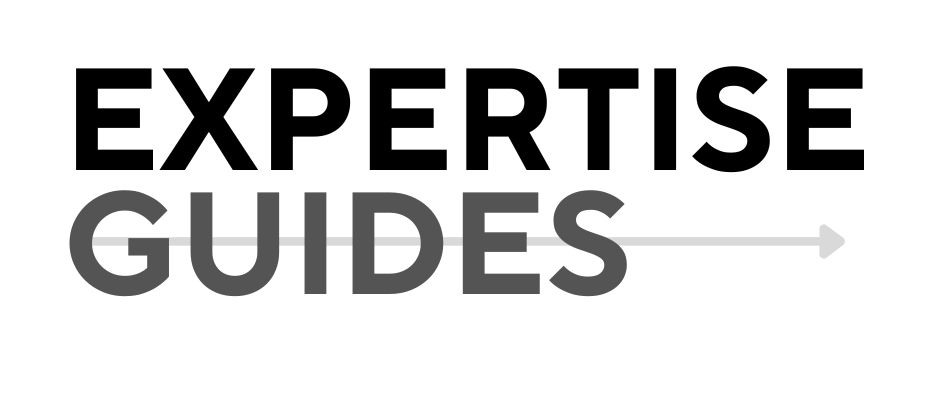Summary: Discover how strategic disengagement can transform your workplace culture, leading to increased creativity, better work-life balance, and higher productivity.
Main Points:
– Allowing controlled disengagement sparks creativity and innovation.
– Strategic disconnection promotes better mental health and work-life balance.
– Employees become more productive during engaged periods after scheduled disengagement.
Introduction
Ever felt completely burnt out at work? I’ve been there too. Constant engagement can feel like running on a treadmill without an off button. A few years ago, I stumbled upon a counterintuitive approach that transformed how my team and I approached work: strategic disengagement. Today, I want to share this unconventional method and how it can lead to improved employee engagement and culture.
The Problem
Employee disengagement is often viewed as a sign of trouble. Gallup’s 2023 report revealed that only 32% of employees feel engaged at work, leading to decreased productivity and higher turnover rates. It’s a common challenge: overworked teams struggling to maintain enthusiasm and creativity.
Why This Problem Exists
Traditional workplace cultures emphasize continuous engagement, equating constant busyness with success. This mindset can lead to burnout, decreased mental health, and a lack of innovation. The root of the issue is the misconception that more engagement always equals better performance.
The Solution
Enter strategic disengagement. By allowing employees to take intentional breaks and disconnect from work, you create a balance that fosters creativity, rejuvenation, and ultimately, enhanced engagement.
Breaking It Down
-
Introduce Controlled Disengagement Periods: Plan regular intervals where employees can completely unplug from work. This could be in the form of “no meeting” days, extended lunch breaks, or designated times for personal projects.
-
Promote Work-Life Balance: Encourage employees to set boundaries and prioritize their well-being. A happier, healthier team is more likely to be engaged and productive.
-
Foster a Culture of Trust: Show your team that you trust them to manage their time and responsibilities. This builds loyalty and a sense of ownership over their work.
Case Studies and Expert Insights
In 2022, a tech company implemented “Focus Fridays,” a day with no meetings and minimal email communication. Their productivity soared by 20%, and employee satisfaction increased by 35% within six months (Source: Harvard Business Review, 2022). Experts like Dr. Adam Grant, an organizational psychologist, advocate for these practices, emphasizing that “strategic disengagement can lead to significant improvements in creativity and overall job satisfaction.”
Action Steps
-
Assess Your Current Engagement Levels: Conduct surveys or hold discussions to understand where your team stands.
-
Start Small: Implement one disengagement practice and observe its impact. Adjust based on feedback.
-
Communicate the Benefits: Make sure everyone understands why these changes are happening and how they benefit both the individual and the organization.
-
Lead by Example: Model disengagement behaviors. If leadership practices what they preach, employees are more likely to follow suit.
Conclusion
Strategic disengagement isn’t about slacking off; it’s about working smarter, not harder. By allowing your team to disconnect in a controlled manner, you create an environment where they can recharge and return with renewed energy and creativity.
My Ask
What do you think? Share your perspective in the comments. If this resonates, tag someone who could benefit.
About Me
Passionate about transforming workplace culture through innovative strategies and emotional analytics. Let’s revolutionize engagement together.
Key Callouts:
- Gallup’s 2023 report: Only 32% of employees feel engaged at work.
- Harvard Business Review, 2022: Productivity increased by 20%, and satisfaction by 35% with “Focus Fridays”.
- Dr. Adam Grant: “Strategic disengagement can lead to significant improvements in creativity and overall job satisfaction”.


